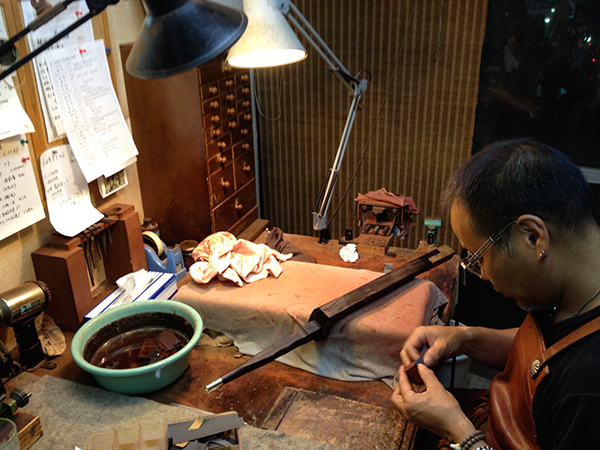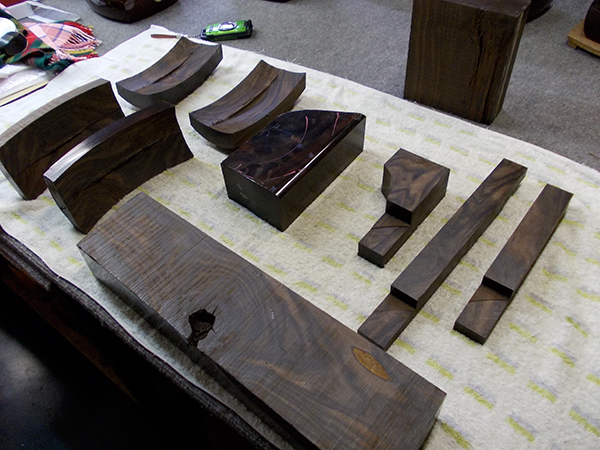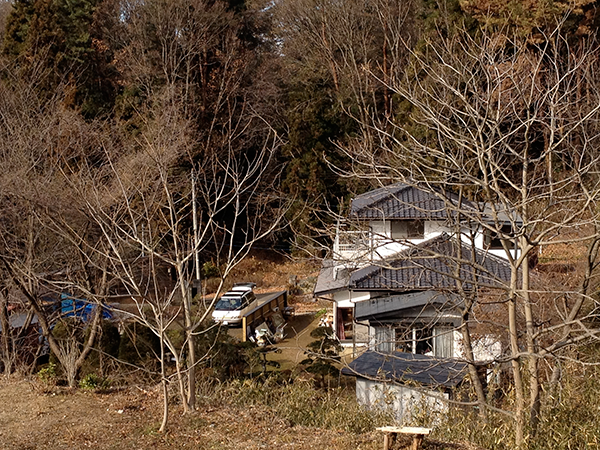- JAPANESE
- ENGLISH
Sho Asano and the Great East japan Earthquake: The Completion of Recycled Instruments and a New Era for the Tsugaru-jamisen
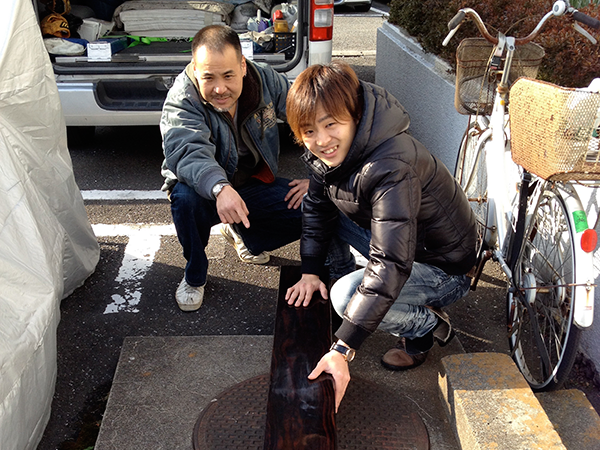
One after another, Asano completed the recycled instruments he had begun to make around the summer of the year the earthquake struck.
This was part of the Zero One Project conducted with fellow musicians in Miyagi to create instructions out of the rubble generated by the earthquake.
The project involved getting permission to sift through the vast amounts of rubble in search of usable wood fragments, having craftspeople select the best specimens and creating a variety of instruments.
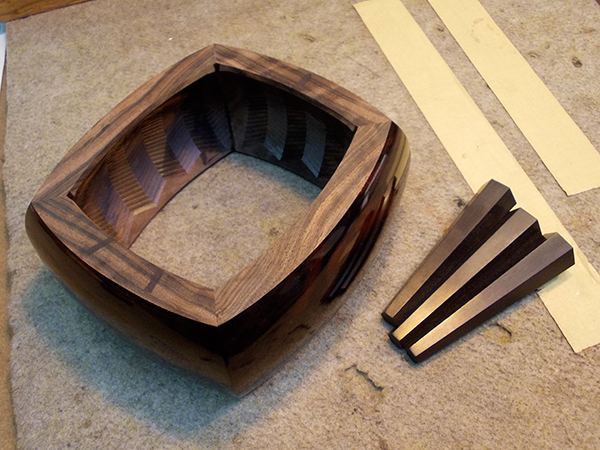
The completed tsugaru-jamisen instruments were created almost entirely form wood that appeared to have once been the counter of someone’s home.
The first recycled instrument was the tsugaru-jamisen, and Asano has taken custody of it to give performances.
Traditionally, a tsugaru-jamisen is made from hard wood. The wood is fine grained and the instrument is heavier than it looks.
The shamisen that was created, in part due to the type of wood in the first place and perhaps due to it having been immersed in seawater, felt about half the weight of a regular shamisen.
But considering that it was made out of objects that were ingrained in someone’s life, there is something heavy about it that sharpens the mind.
By becoming an instrument, it now exists as a tool for Asano to pass down the story to various younger generations.
Asano’s family home was deemed a complete loss and subsequently torn down.
Asano’s first teacher was his grandfather. As a carpenter, he had built the family home in which Asano was raised himself.
Our of his passionate love for traditional folk music and the shamisen, he taught the tsugaru-jamisen to his grandson, Sho.
Asano took part in his first contest at age seven, and became devoted to the charms of the tsugaru-jamisen.
At the time his goal was to win the title at the highest “A” rank, and to do so three times.
“No matter how long it takes, I’m going to win, and I’ll aim to win three in a row!” he promised.
However, his grandfather was not there to witness his first win nor the three wins in a row, having passed away when Asano was twelve.
At age 14, Asano was the youngest ever winner at the A rank, and went on to win the contest three times in a row, building up an unprecedented record and earning a place in the Hall of Fame.
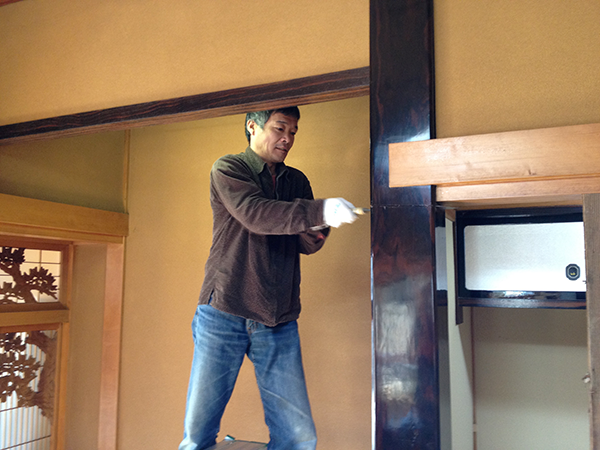
Usable wood from his family home, which had been deemed a total loss, was employed as the bridge part of a shamisen.
At his father’s suggestion, Asano decided to fashion the instrument. The damage to the wood was not as bad as first thought, and all of the parts could be sourced.
Asano’s dream is to take these shamisen instruments to perform around Japan and the world.
Even today, Asano almost always uses these shamisen instruments when performing.
He has also recorded his fourth album.
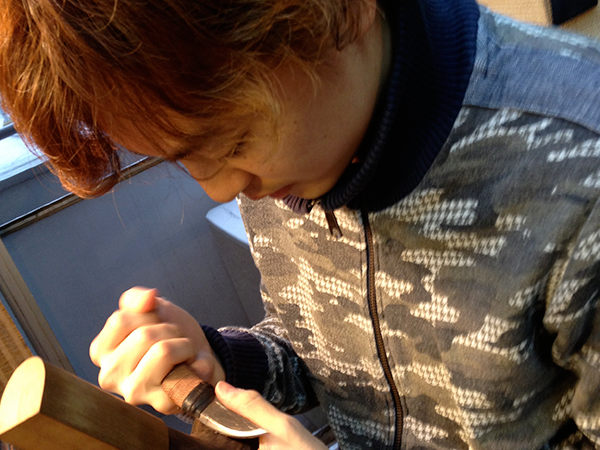
Shamisen instruments made from wood filled with sentiment, and a heart that can be seen and felt with one’s own eyes. With these in tow, the road traveled by a small number of professional shamisen players as expressive artists goes on, once steady step at a time.
While the tsugaru-jamisen music was originally regarded as a kind of street performance, it gained worldwide prominence thanks to the influence of Takahashi Chikuzan. Even so, the instrument still has a comparatively short history of around 150 years.
Looking ahead, the conceivable evolution of this instrument will likely change in step with the expressive motivations of its players.
The world of the tsugaru-jamisen is at the cusp of a new era of being played in an wholly unique way.


